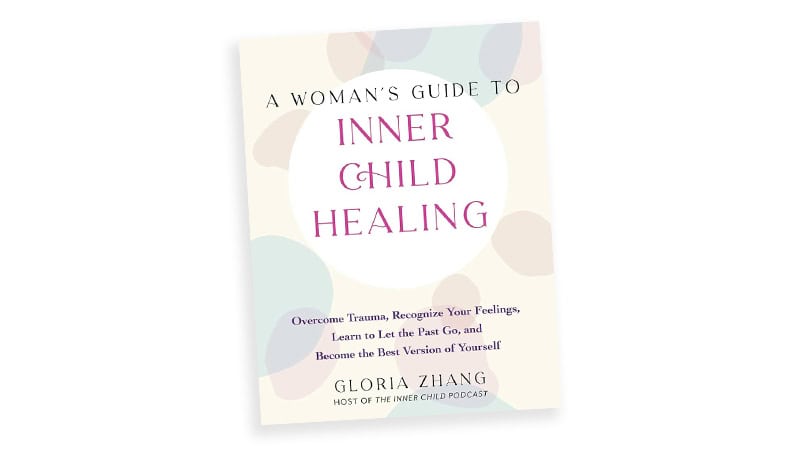The Death of Printed Books Revisited
Former Editor Ray McAllister's Letter from the December 2015-Jan. 2016 issue.
In 2008, after Amazon released its Kindle electronic reader, everybody knew – and knew for sure – that printed books were on their way out. Sales of “e-books” skyrocketed, bounding up 1,260 percent in just two years. Printed book sales fell. Small bookstores closed. By 2011, the big Borders chain filed for bankruptcy.
 “I remember when, in the mid-2000-oughts, we were told that our store would soon be obsolete due to the e-book,” says Ward Tefft, owner of Chop Suey Books in Richmond’s Carytown. “Though the technology was brand new, and very few people had actually purchased e-readers at that point, tech-oriented people were harking back to the invention of the CD, a technological advance that had seemingly wiped out vinyl records.”
“I remember when, in the mid-2000-oughts, we were told that our store would soon be obsolete due to the e-book,” says Ward Tefft, owner of Chop Suey Books in Richmond’s Carytown. “Though the technology was brand new, and very few people had actually purchased e-readers at that point, tech-oriented people were harking back to the invention of the CD, a technological advance that had seemingly wiped out vinyl records.”
Print would be a thing of the past. I remember this being of some interest to me, as well, given that my whole life has been in, well … newspapers, books and magazines. (McAllister’s Note: Had I been born earlier, I surely would have bought an Edsel.)
But seven years later, the script seems headed a different way. The headline on a New York Times article this fall sums up the surprise, “The Plot Twist: E-Book Sales Slip, and Print Is Far From Dead.”
Say what?
Even the plot twist is nuanced. The headline on a survey by the respected Pew Research Center this fall says, “Slightly fewer Americans are reading print books, new survey finds.”
Let’s take that survey first. Some 63 percent of American adults say they’ve read at least one print book in the past year, down from about 70 percent the past few years but still significant. But just 27 percent say they read an e-book, no real increase over the past few years. And 12 percent say they’ve listened to an audiobook. Sadly, 25 percent didn’t read any books. (McAllister’s Note: “Book?! I ain’ t gonna read no stinkin’ book!”)
So what does this mean?
For one thing, analysts got this wrong. Many had been saying e-books would overtake print by … 2015. (Clearly, these are the same people who do the weather forecasts.)
Along the way, e-books did get more expensive. But there’s more than that: People apparently actually like books.
I write books on the North Carolina coast – and a new one on The Richmond Forum. Coastal books are a niche market to be sure, but a reliable one, and I see this all the time: The books simply don’t sell nearly as well in e-book form. Readers and shopkeepers say people buy – and keep – these books as reminders of a special place. Or they give them as gifts.
Who wants a memento … inside an e-reader? (McAllister’s Note: Or wants to give a gift of … an e-book download?)
Tefft sees that phenomenon. “While e-readers do provide certain benefits (light-weight travel, large fonts when needed), our customers are reporting back to us that nothing matches the visceral sensations of sitting down with an actual book,” he says. “In short, we have learned that a book in the hand is worth two on the e-reader.”
The Association of American Publishers, collecting data from nearly 1,200 publishers, says e-book sales actually fell the first five months of this year by 10 percent.
Kelly Justice, owner of Fountain Bookstore in Richmond’s Shockoe Slip, says readers are indeed coming back, at least part-way. “Sales of print are growing and we are seeing customers returning to the store, rediscovering the joys of print,” she says. “Not only do you retain more of what you read when reading print, there is a tactile experience that digital will never replicate.”
The most interesting growth in print, Justice says, is among teens – whom you might expect to have less interest.
But she sees a sort of “hybrid” reader among over-50 readers, too. “The advan- tages to reading digitally for this group can be the ability to increase the print size, saving of physical storage space and having a portable library. The reason we see many coming back is the comfort of reading on a page rather than a screen and the fact that many found they were downloading tons of books they never read and were more likely to read a printed-book purchase. In other words, they discovered they weren’t actually saving any money and the reading experience was of a lower quality for them.”
The American Booksellers Association, which five years ago said it had member stores in only 1,660 locations, now has 2,227. Major publishers are increasing their distribution and warehousing, the Times reported.
“People talked about the demise of physical books as if it was only a matter of time,” Markus Dohle, chief executive of Penguin Random House, told the New York Times. “But even 50 to 100 years from now, print will be a big chunk of our business.”
Well, that’s the updated prediction, at least.


